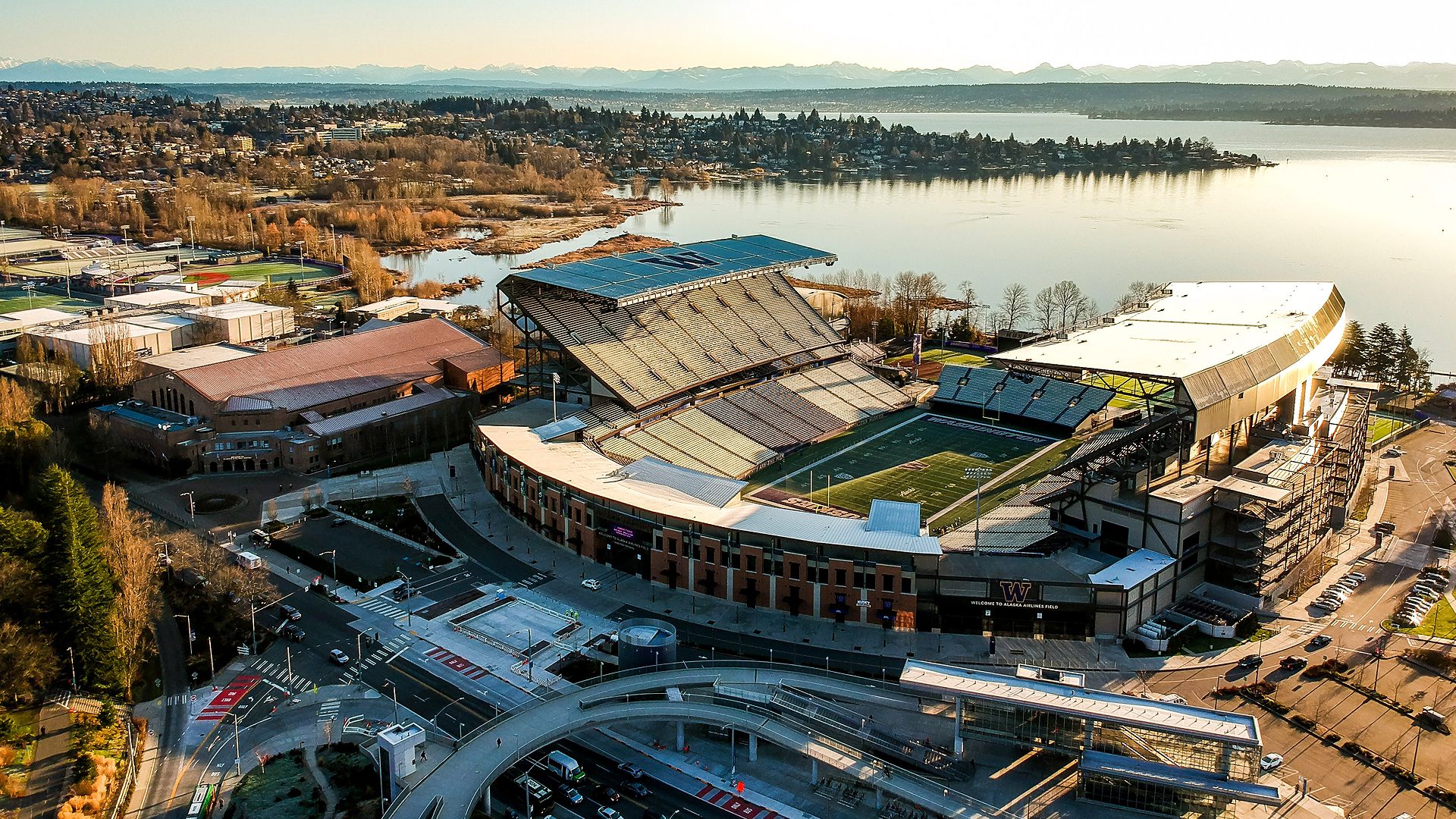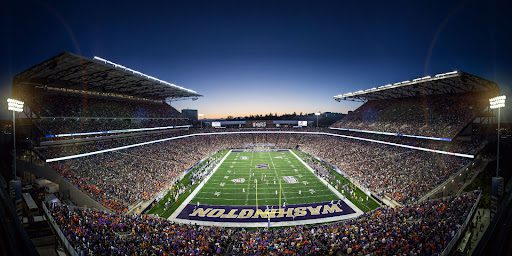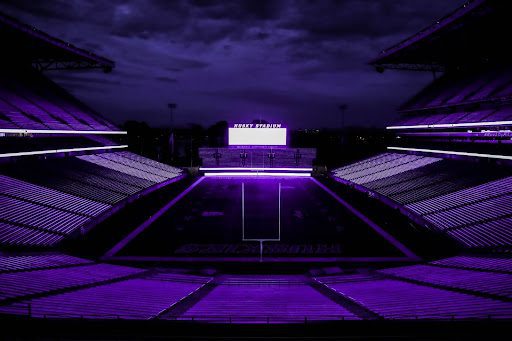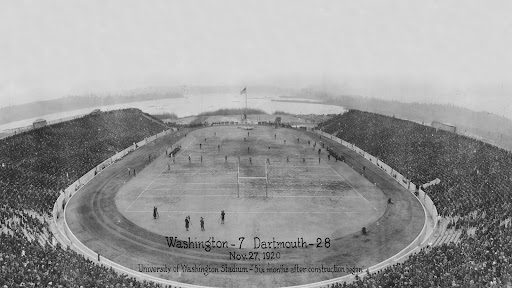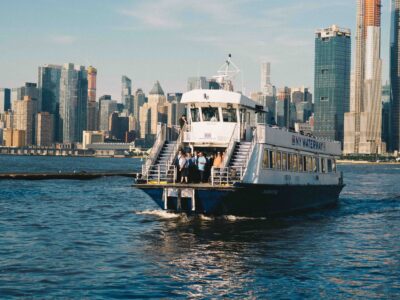How “The Greatest Setting In College Football” Also Became One of the Greenest
The University of Washington’s Husky Stadium has long been known as “The Greatest Setting In College Football” because of its picture-postcard views of Mount Rainier and Lake Washington. It can now also be called one of the “greenest” settings for college football.
In 2013, the university completed an extensive $280 million renovation that resulted in a thoroughly environmentally friendly stadium (presently known as Alaska Airlines Field at Husky Stadium). “When you think of the thousands of fans who attend UW games,” said University of Washington’s (UW) director of Environmental Stewardship & Sustainability Claudia Frere after the stadium’s reopening. “There’s a sense of responsibility to set the best example we can in our sustainability efforts. It’s a mission UW takes seriously.” The renovated stadium’s achievements were quickly recognized as the stadium received a Silver LEED certification in 2015 for its design, construction and sustainable operating practices.
The path to renovating Husky Stadium, which was originally built in 1920, to an eco-smart stadium started with an extensive plan that included pollution capture, stormwater cleansing, construction pollution reduction, and maintaining a green infrastructure buffer. Turner Construction, the firm charged with the renovation, built two temporary retention ponds during the demolition stage to filter construction wastewater before it entered Lake Washington. Workplace pollution was minimized too by having construction trucks cleaned before leaving the building site. Existing trees and shrubs were saved and then replanted on-site, and incorporating native plants in the landscaping, also served to filter rainwater runoff.
For their efforts to protect the waterways, the Husky Stadium project received a Salmon-Safe Certification from the Pacific Rivers Council. “We are a salmon-safe university, which is probably unique—water that comes from the stadium goes into the lake,” stated UW’s assistant athletic director Karen Baebler, “so it was important none of the construction waste wound up there.”
Some of the metal bleachers from the student section were repurposed as decorative elements at the entrance gates. The concrete that was removed when the stadium’s lower bowl was torn down was crushed on-site and used as a fill in the stadium’s foundation. Overall, Turner succeeded in recycling or reusing 95 percent of the construction waste! Additionally, regionally sourced natural stone, wood, brick, and concrete were utilized during the construction, while the steel was made in Portland, OR.
Re-doing the lower bowl brought seats closer to the field by as much as 45 feet, resulting in reducing the stadium’s footprint and placing fans nearer to the football action. Other green upgrades that fans experienced included the concession food containers, which were switched to ones made from nearly 100 percent compostable or recyclable material, and the high-resolution video scoreboards had energy-efficient LED displays. Motion-activated LED lights and low-flow water fixtures also were installed in the public restrooms, as well as the locker rooms, thereby lowering the amount of electricity use and water consumed. More electricity reductions were achieved due to the elaborate energy tracking system installed during the renovation. Lighting controls can adjust the illumination during the daylight hours and assists in letting the stadium operate its lights at 25 percent capacity.
Taking Washington’s climate into consideration, 360 Architects cleverly redesigned the stadium’s indoor/outdoor suites and clubs with windows that fans could open and close. This results in lowering air-conditioning and heating usage as well as lowering the stadium’s carbon footprint.
The architects also executed a number of other design concepts that further improved Husky Stadium’s green mission. Spiral ramps replaced elevators, and vehicle traffic, including gas-powered golf cars, were eliminated inside the stadium. “Before golf carts had to shuttle fans to their seats on the upper levels,” says Baebler. “It feels much more like an indoor building now.”
Besides receiving the prestigious LEED certification, the renovated Husky Stadium was hailed as one of the ten “Collegiate Game Changers” by Natural Resources Defense Council along with being chosen by the National Association of Collegiate Directors of Athletics (NACDA) and USG Corporation to receive the inaugural Sustainability Award. When announcing this award, NACDA Executive Director Bob Vecchione praised Husky Stadium’s “industry-leading sustainable practices that help showcase one of the top collegiate facilities in the nation. The efforts displayed at the University of Washington are what we had in mind when we created this award to recognize the top environmentally conscious facilities in college athletics.”

